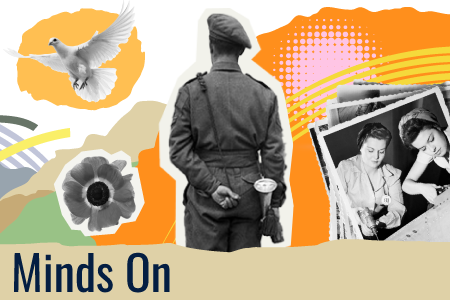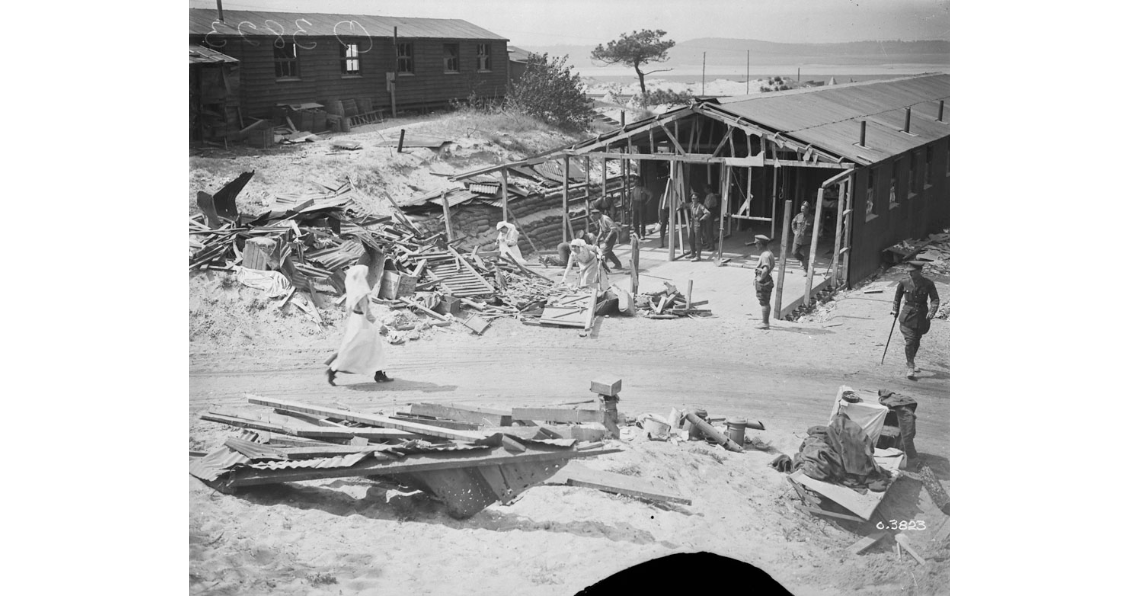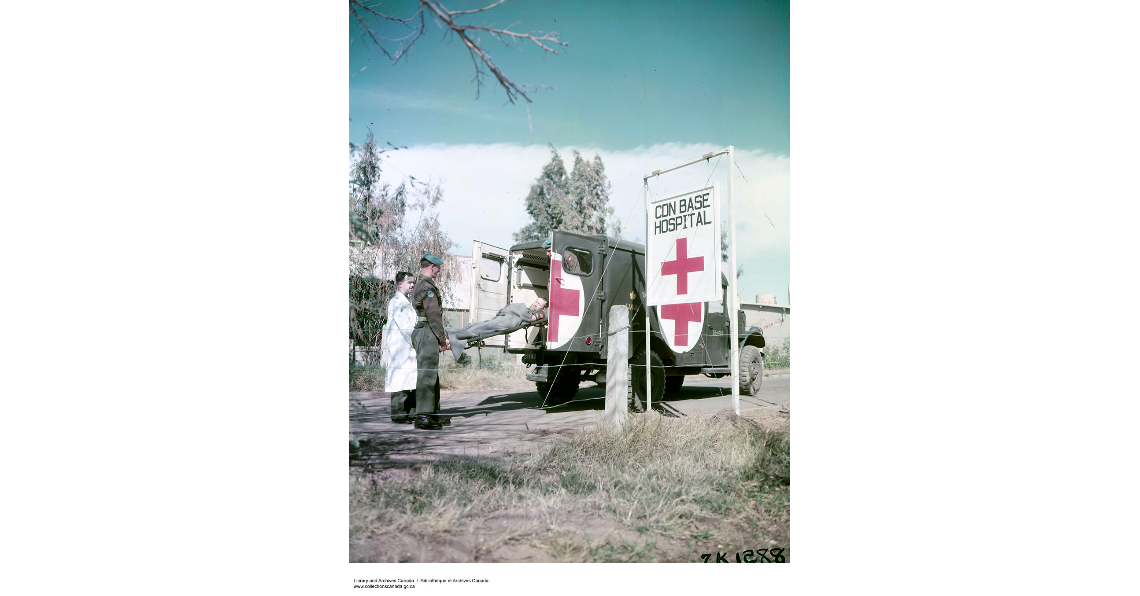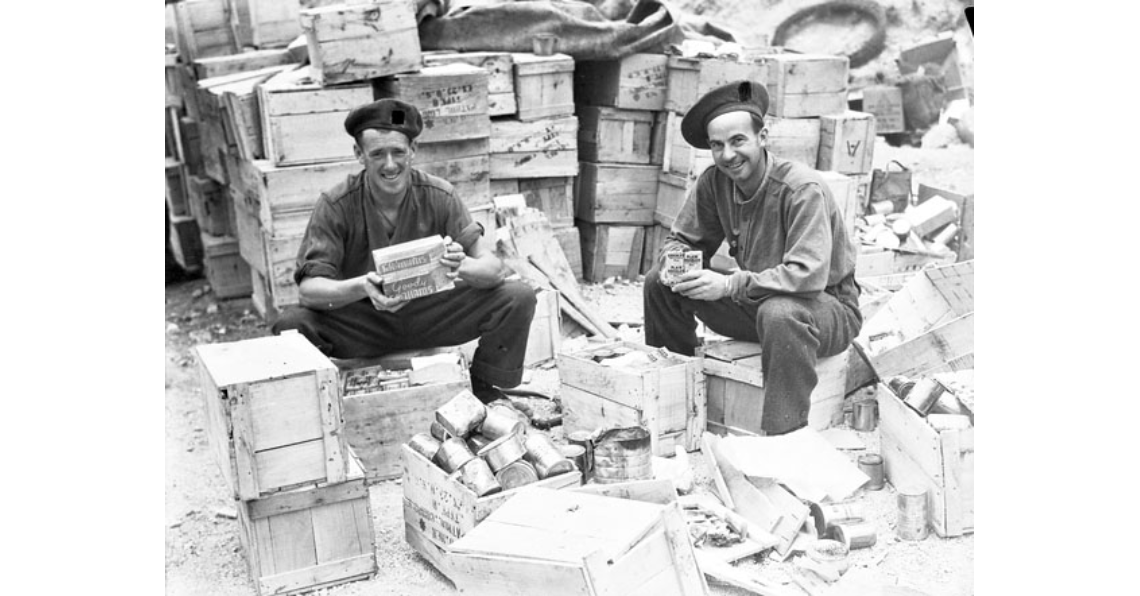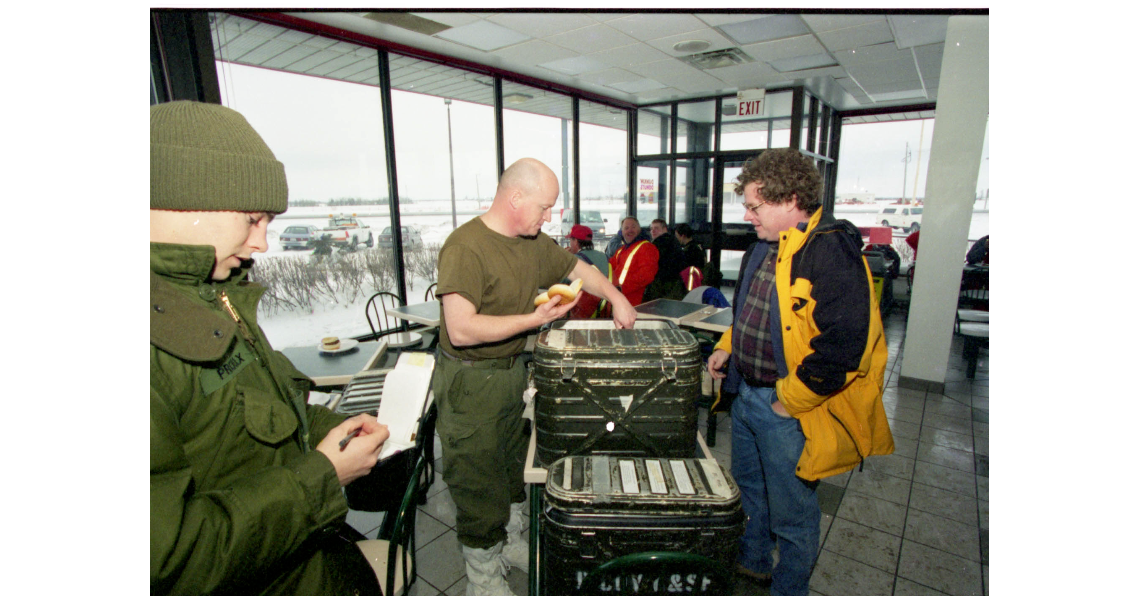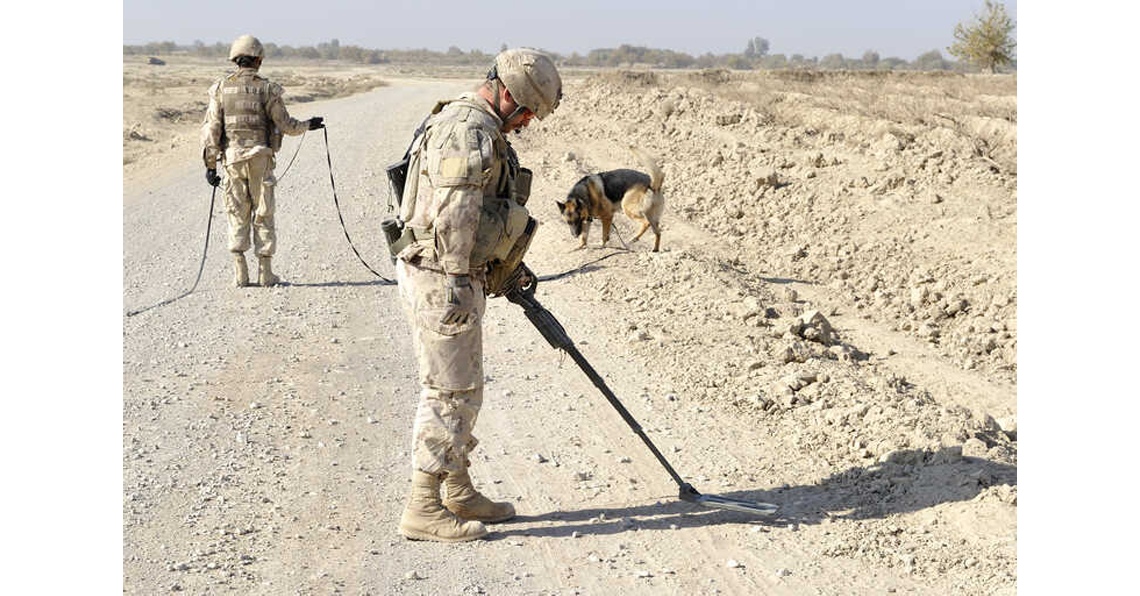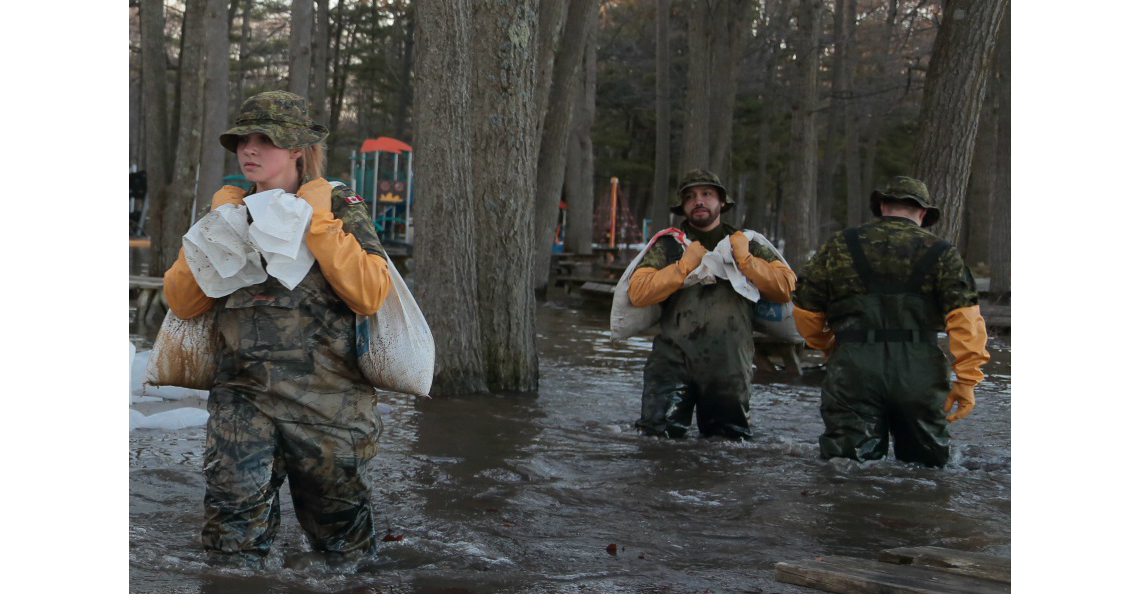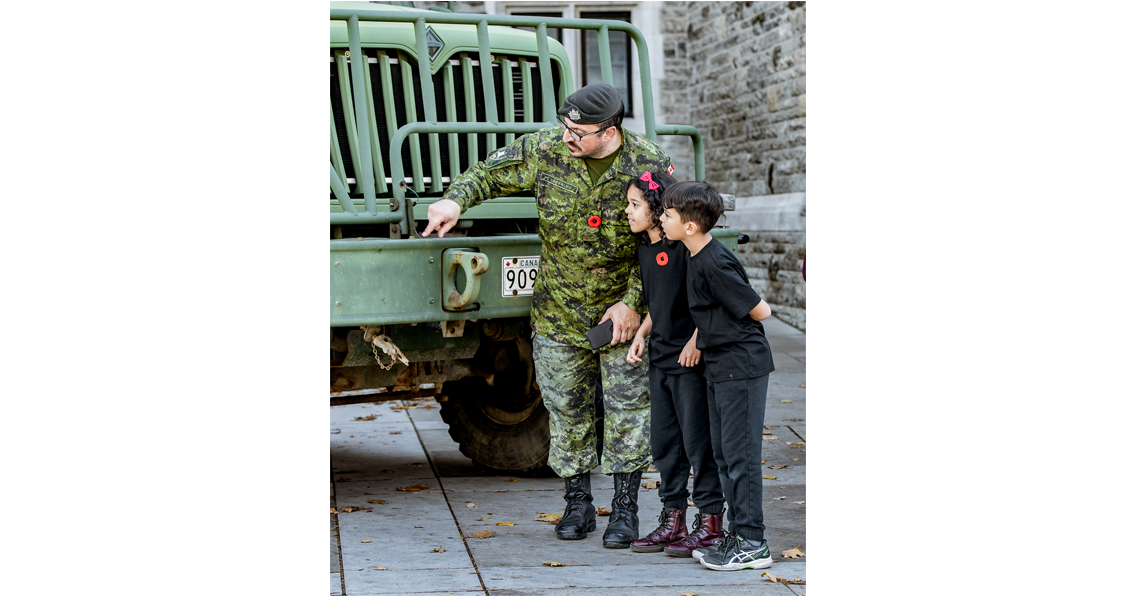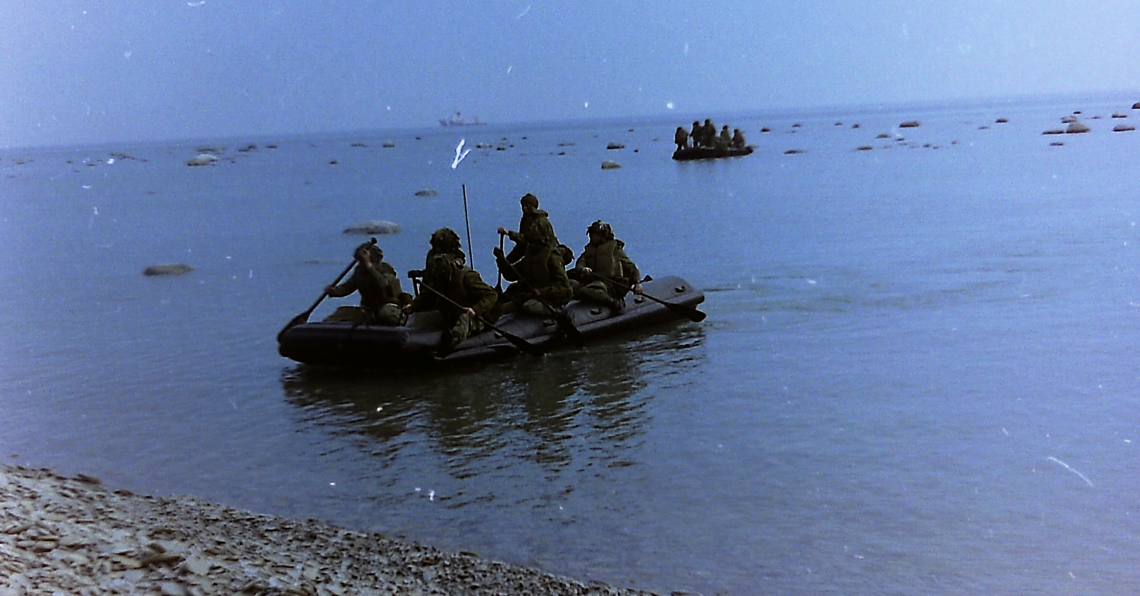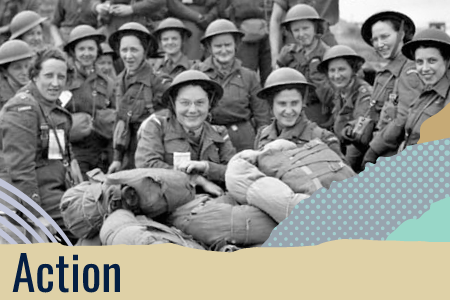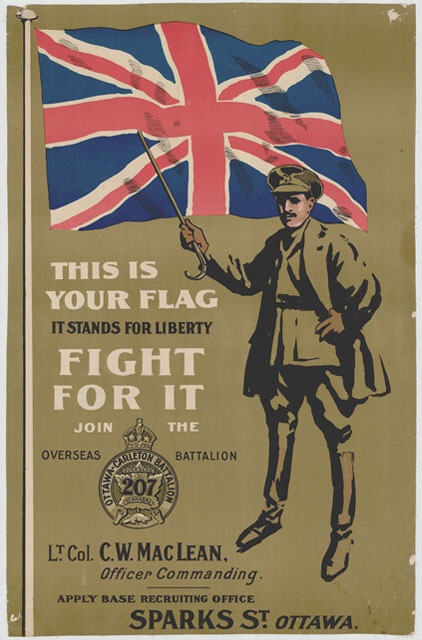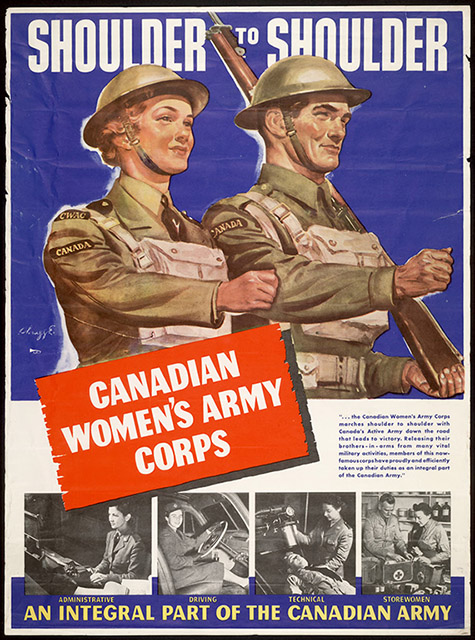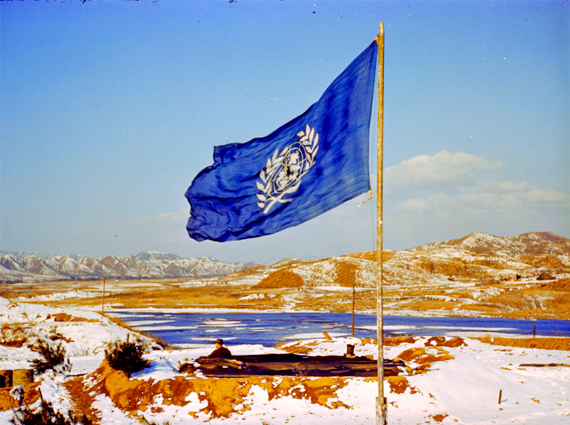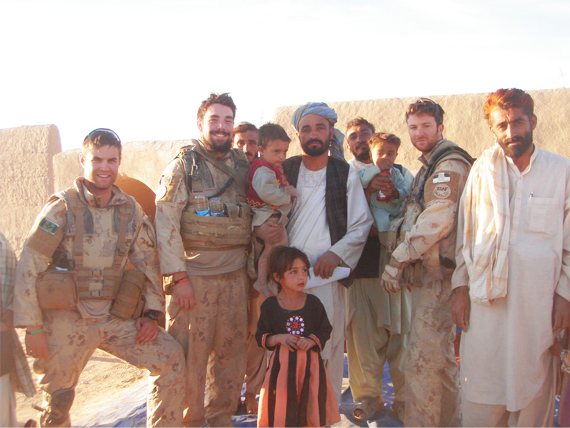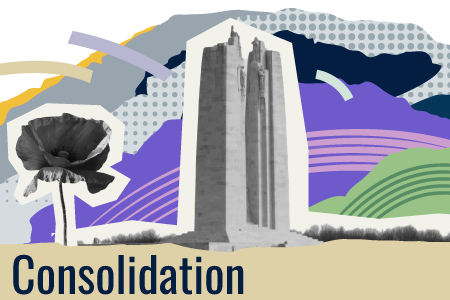Learning goals
In this learning activity, we are learning to:
- develop an awareness of the Canadian Armed Forces
- understand Canada’s history in world conflicts
- recognize the sacrifices made by the Canadian Armed Forces and civilians during times of war
- reflect on the meaning of service and how it relates to your own observance of Remembrance Day
Did you know?
On Remembrance Day (November 11), Canadians honour members of the Canadian Armed Forces who have served, and continue to serve Canada during times of war, conflict, and peace. We also observe Indigenous Veterans Day (November 8) to honour the contributions Indigenous Canadians have made, and continue to make, in support of our country.
We will be learning about the importance of Remembrance Day, and the service and sacrifice of our Canadian Armed Forces.
Think
Think about the following questions:
- What do the Canadian Armed Forces do, and how do they support Canada?
- What is Canada’s history with war and world conflict?
- What sacrifices have Canadians made during times of war?
- Why do we observe Remembrance Day?
Explore the following images to learn about how the Canadian Armed Forces have supported Canada in the past and how they continue to support Canada today.
Now that you are more familiar with how the Canadian Armed Forces support Canada, we will discuss the importance of honouring veterans on Remembrance Day.
Discussion
Why do we observe Remembrance Day? Use the questions in the "Think" section to guide your discussion.
You may use the tips below to guide your discussion. Be mindful of appropriate discussion etiquette, and be respectful of your classroom community.
Press the Show Tips button to learn more.
Join in - Discussions are shared learning spaces. It’s true that the more you participate, the more you will gain in your own learning journey.
In support of inclusion - Everyone’s opinions and thoughts count. Be respectful of others when you share your thinking or respond to the thinking of others. Be open to changing your mind and considering new and different ways of understanding.
Use examples from the learning activity - Depending on the discussion topic, it’s always a good idea to relate what you are learning and sharing to the experiences that you have had in the learning activity. It’s a great way to reinforce your learning.
Think before you share - Consider the value, relevance, and tone of your shared ideas, so that it is appropriate for everyone in your class, including your teacher.
In your discussion about Remembrance Day, you may have explored how the service and sacrifice of the Canadian Armed Forces contribute to our safety and security. Take a moment to reflect on what security, service, safety, and sacrifice mean to you.
Journal
Record your thoughts to the following questions in a method of your choice. You may choose to use the following Journal Reflection (Opens in a new tab) to complete the activity.
Security: What are some world conflicts Canada has been involved in?
Service: Why might someone join the Canadian Armed Forces?
Safety: What are some of the challenges that the Canadian Armed Forces may face?
Sacrifice: What does the word “sacrifice” mean to me?
Security
A History of Canadians in World Conflicts
In the "Minds On" section, you explored images of the Canadian Armed Forces, and started to reflect on the security, service, safety, and sacrifice of the Canadian Armed Forces. We will now explore some of Canada’s history in world conflicts.
Try it!
Complete the following self-check quiz to determine what you may already know about Canada’s involvement in world conflicts.
Try the following questions and select the correct answer. Then, press Check Answer to see how you did.
The quiz in the "Try it" section helped us understand more about Canada’s involvement in world conflicts.
Press the following tabs to learn more about Canada’s history in different world conflicts.
Discover more
You may press the following external link to learn more about the Canadian Armed Forces over the years.
A timeline of the Canadian Armed Forces (Opens in a new tab)
Service
Reasons for Enlisting
We have explored some of Canada’s history in world conflicts. We will now consider reasons why Canadians may choose to enlist in the Canadian Armed Forces.
Discussion
Many Canadians choose to enlist in the Canadian Armed Forces to serve their country. Discuss some of the other reasons Canadians may choose to enlist.
After your discussion, press Reasons to Enlist to learn more.
Canadians may want to:
- see new places
- serve their country
- follow in the footsteps of family members
- make a difference in their community
Enlistment into the Canadian Armed Forces is voluntary. Although conscription occurred during both World Wars, most individuals voluntarily served. There are many reasons why people may choose to serve, but it often comes down to a desire to help others.
Explore the following story to learn more about reasons why someone may choose to enlist.
Snapshot of a Soldier: Seizaburo Kimura
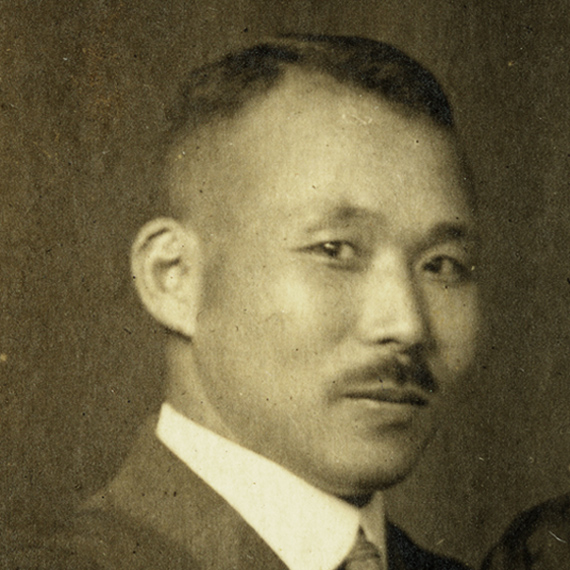
Seizaburo Kimura
World War I started when Seizaburo Kimura was a student at the University of Toronto. He chose to enlist in the Medical Corps because he felt it would allow him to help the most people. From November 1915 to May 1917, he worked at the No. 4 Canadian General Hospital in Salonika, Greece. While there, he provided comfort to hurt and dying service people when they needed it most.
Did you know?
While the government was initially aiming for 25,000 people, in the first month of World War I, 33,000 Canadians volunteered to serve.
Supporting the Home Front
Not everyone can, or wants, to serve in the military, but that never stopped Canadians from helping during world conflicts. During both World Wars, Canadians on the home front found many ways to help support the war effort.
Press the following tabs to find out more.
Fundraising was an important job for those on the home front. Women’s groups held bazaars and sold homemade products to raise money for military members and their families. Women and school children knitted socks, scarves, and other clothes for military members on the front lines. Other care goods, from soap to canned foods, were sent along with the clothing. Sometimes, people even tucked inspirational messages in the packages to keep up the morale of those overseas.
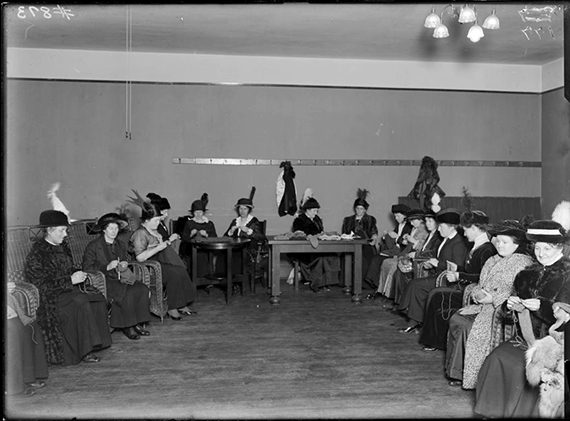
A group of women knitting for military members (Toronto, 1914).
Beginning in 1914, the Government of Canada and provincial governments pledged foodstuffs to the war effort. Farms needed to produce more food to help with the demand, but many farm workers were leaving to fight overseas. Many high school children, who were still too young to go overseas, stepped up and became part of the Soldiers of the Soil program. This national program sent students from cities to help in farms across the country. In Ontario, many women joined the Farm Service Corps. These “farmerettes” worked on farms, doing everything from picking vegetables to canning fruits. A new generation of “farmerettes” provided similar help to Ontario farms during World War II.
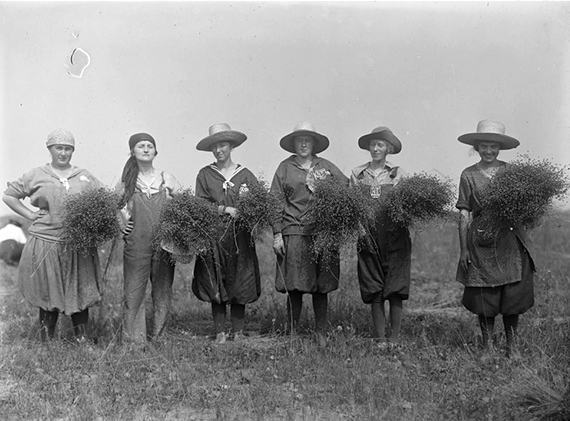
“Farmerettes” harvesting crops in an Ontario field (around 1918).
As more men joined the fight overseas, businesses found a need for workers. Canadian women took on these roles and helped to manufacture many products needed in the war. As production of wartime goods increased, certain materials, like metal, rubber and paper were in short supply. People all over the country collected scrap materials and brought them to local recycling drives where they would be used in the war effort.
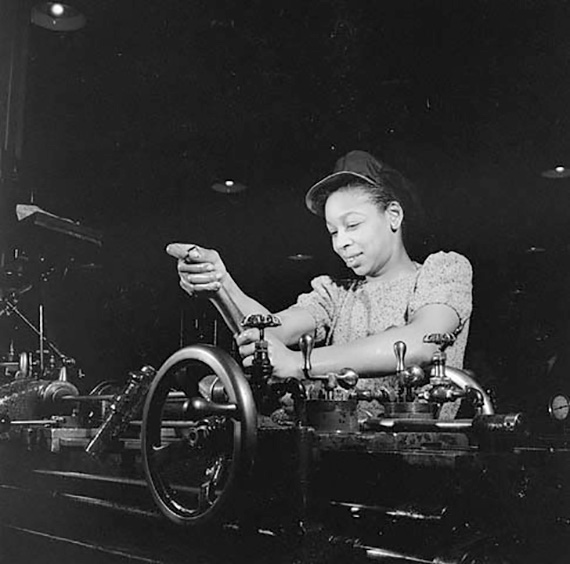
Cecilia Butler working in the John Inglis Company munitions plant in Toronto during World War II (December 1943).
Did you know?
The poppy is worn as a symbol to honour the sacrifices made, and as a reminder of the need for continued peace. While the symbol comes from a Canadian poem, many other countries around the world use the same symbol.
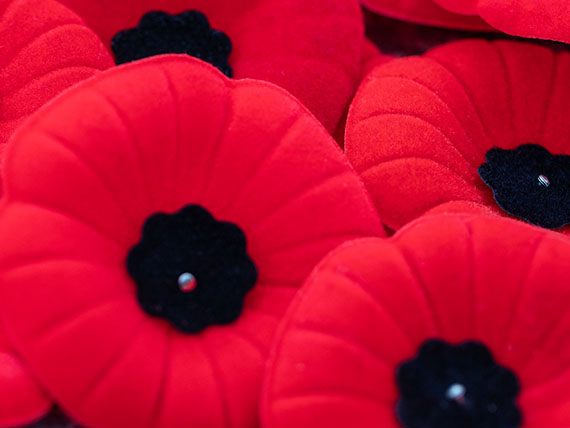
The Royal Canadian Legion's lapel poppy.
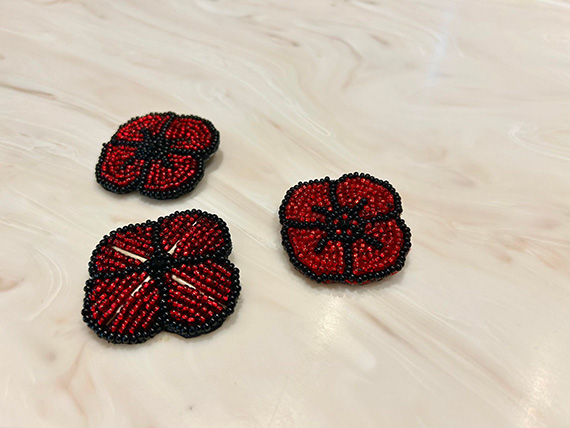
Beaded poppies crafted by Métis artist Kathy Morgan.
Safety
The Dangers at the Frontline of War
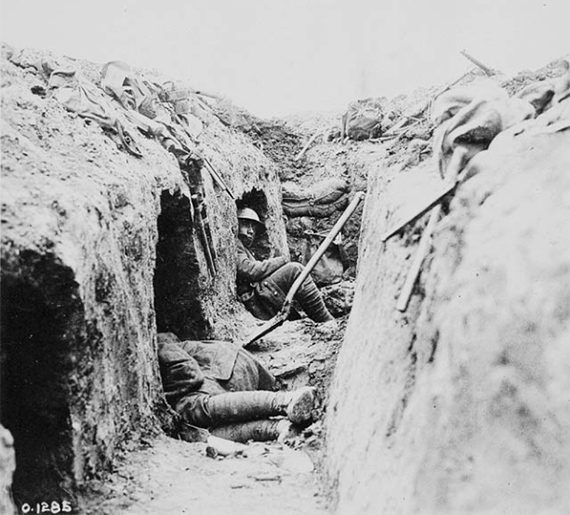
A trench on the Canadian front showing ”funk holes” during World War I.
Life on the Front
Being of service sometimes means having to make sacrifices. This includes sacrificing your own comfort to go into dangerous areas with conflict. During World War I, the most dangerous place for service members was in the trenches. The enemy’s trenches were only a short distance away, past an area known as “no man’s land”. Life in the trenches was in no way comfortable. While in the trenches, individuals did not have proper beds. Instead, they slept in dugouts or on the trench floor. Waste accumulated from nearby latrines, which also meant trenches were very unhygienic. Service members lived with rats, lice, maggots, and flies, which carried diseases and posed other health risks. The trenches were also open to the elements. Exposure to cold weather and snow led to frostbite in the winter. Whenever it rained, trenches flooded. As a result, many people suffered from "trench foot".
What you can't understand is the conditions to start off with. You're filthy, you're muddy, you're lousy, you stink and that's the way, everybody else stinks too so you don't notice it.”
Casualties of War
War is dangerous. In World War I alone, there were over 172,000 Canadian casualties in WWI. There are many risks associated with being on the front lines.
Press the following tabs to explore stories about some of the risks associated with service.
Ethelbert "Curley" Christian was born in the United States in the early 1880’s. He enlisted in Selkirk, Manitoba on March 22, 1915. While delivering supplies to the front lines, he was severely injured by a shell. Christian became the only member of the Canadian Armed Forces to survive a quadruple amputation during World War I. After the war, he moved to Toronto and helped create a social assistance program for injured veterans. He also worked closely with community organizations, including the War Amps, to help other amputees.
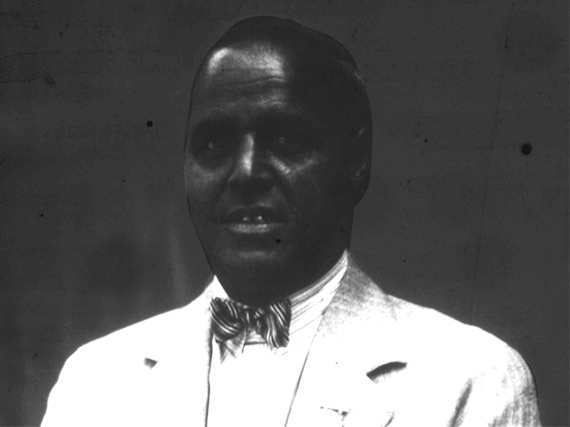
Ethelbert “Curley” Christian (1936).
Kenneth Allen Gray was born in Port Arthur, Ontario in 1931. In 1951, he enlisted with the Lord Strathcona’s Horse and was sent to Korea. While there, he contracted hemorrhagic fever, which was a relatively unknown illness to Canadian military staff. At first, Gray and his squadron members thought he had the flu, but his condition worsened, and his squadron sent him to the 8228th Mobile Army Surgical Hospital. Sadly, Gray died on June 14, 1952. He was buried in the United Nations Memorial Cemetery in Busan and commemorated on the Korean War Wall of Remembrance in Brampton, Ontario.
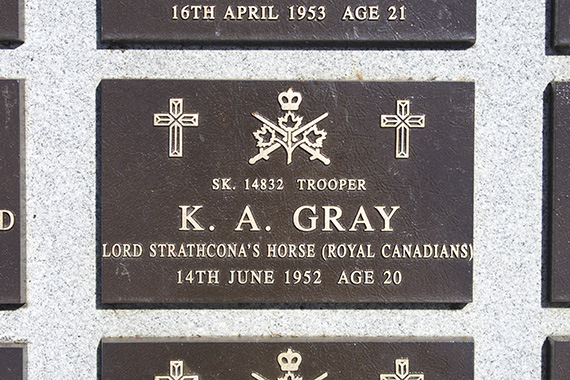
Gray’s commemorative plaque in Brampton, Ontario.
Retired Corporal (Cpl) Chris Dupee served in the Canadian Armed Forces for nearly ten years. In 2008, he left for an 8-month tour during the War in Afghanistan. After arriving home, he began to struggle with the effects of Post-Traumatic Stress Disorder (PTSD).
"I didn’t know what PTSD was in the sense of self. I only knew of it as a ‘thing’ some soldiers get. It’s hard to identify with it. You can only recognize the byproducts of it. While my life crumbled, along with all of my dreams, I did start fighting back. The fight is an invisible one. It’s like swinging in the dark trying to make contact with an invisible enemy. And until someone was able to slow me down and turn the lights on, I was never able to identify as having PTSD myself. PTSD is an invisible beast that I spent a long time grappling with; one that I now for the most part, have a handle on. But one whose bite is minimal now, even when showing teeth. This was done with a lot of hard introspective work." – Retired Cpl Chris Dupee
Through his own mental health journey, Dupee realized the importance of peer support. In 2017, he and his wife founded Cadence Health and Wellness Inc., which provides mental health services to members of the military and first responders. Dupee continues to bring awareness to mental health issues related to military service.
"It’s my vision and dreams that I’ve restored back into my life. And it’s my vision and dreams that keep pushing me forward now."
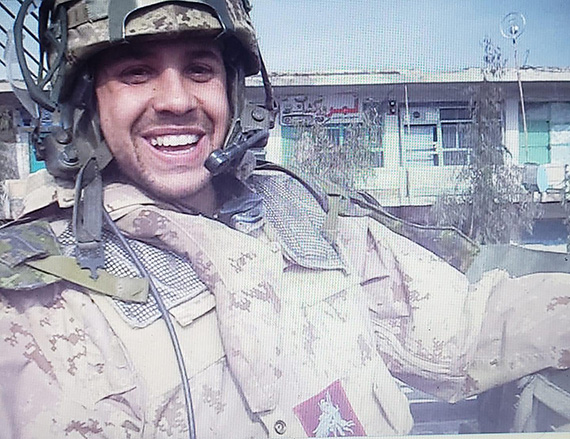
Corporal (Cpl) Chris Dupee on tour in Afghanistan.
William Foster Lickers was a Mohawk soldier born in Brantford, Ontario. During the Second Battle of Ypres, he was taken as a prisoner of war and sent to Goettingen Camp in Germany. At the POW camp, he endured terrible treatment and was forced to work in a salt mine. After the war, he continued to suffer from muscle pain and had a hard time walking.
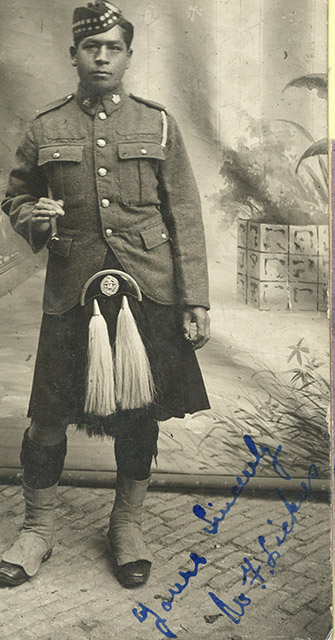
William Foster Lickers
We have explored some of the many risks and challenges faced by the Canadian Armed Forces during times of conflict. Let us further understand the sacrifices made by veterans.
Did you know?
The number of fatal casualties in a conflict often hides a much larger number of non-fatal wounds and injuries, which can affect the wounded for the rest of their lives. Over 2,000 armed forces personnel were wounded or injured in Canada's most recent war (Afghanistan).
Sacrifice
The Cost of War
Not everyone who goes to war is lucky enough to go home. Many Canadians have paid the ultimate sacrifice in their service.
War by the Numbers
Explore the following interactive to learn more.
Did you know?
The 20th century is sometimes called the bloodiest century in history. The two World Wars alone are thought to have cost 60 million lives around the world.
Toll of War on Families
War not only affects members of the Armed Forces, but also the families that they leave behind.
Explore the following examples:
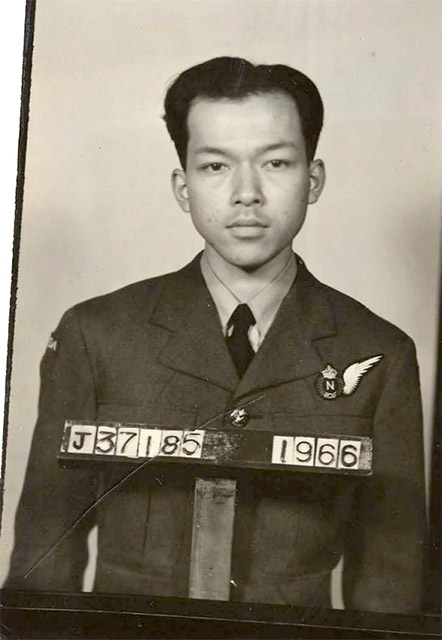
Joseph Hong, Military Personnel File.
George and Joseph Hong were brothers from Windsor, Ontario. Before World War II, Joseph worked in the advertising department at the Windsor Star Newspaper. George, who was two years younger, worked at his parent’s restaurant, the Sunnyside Café. Joseph enlisted in the Royal Canadian Air Force, while George enlisted in the army. Sadly, neither brother survived the war. Joseph's plane went missing on May 23, 1944. The Hong family hoped for news that Joseph was alive, but in August 1945, officials confirmed their son’s death. Soon after Joseph went missing, the Hong family received news that George was killed in Italy. Within a span of four months, they had lost two of their children. As both George and Joseph died overseas, the family could not easily visit their graves. Their mother sent a letter asking how she could arrange flowers to be sent to George’s grave but was told that it was not possible.
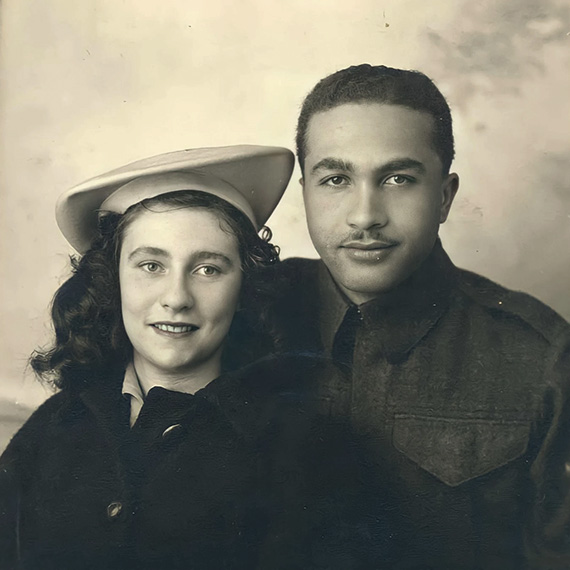
John Arthur Alexander with his wife Jean.
John Arthur Alexander was born in 1918 on the Six Nations Reserve. In 1942, he married his wife, Jean. Only eight months later, he left to fight overseas. On June 6, 1944 John and his fellow soldiers of The Queen’s Own Rifles stormed Juno Beach as part of the Normandy Invasion. Of the 33 men in his platoon, only one third survived. Back at home, Jean was still waiting for news of her husband. She learned about the invasion through newsreels at the cinema and in the newspaper. She did not know about her husband’s role until long after the invasion finished. Recalling the time, Jean said “It wasn’t like today where you hear about things almost as soon as they happen…I never knew when - or if - I would see my husband again”. John was wounded on multiple occasions throughout his service. In September 1944, Jean received official telegrams saying that her husband was injured, but they did not explain what had happened. It really was not until after the war that Jean found out the cause of her husband’s injuries.
Discussion
We have explored the true stories of Canadian Armed Forces veterans. What are some specific examples of sacrifice in these stories that we have examined in this learning activity?
Record your examples for the previous question in a method of your choice. You may choose to use the following Mind Map (Opens in a new tab) to complete the activity.
Self-reflection
Why is it important to learn about the service and sacrifice of members of the Canadian Armed Forces during Remembrance Day? After reviewing this learning activity, has your understanding of the word “sacrifice” changed?
Remembrance Day
Canadians have made great sacrifices throughout history in service to their country.
In this learning activity, you have explored:
- the Canadian Armed Forces
- Canada’s history in world conflicts
- the sacrifices made by Canadians during times of war
- the meaning of service and sacrifice
Your turn!
Use your knowledge from the learning activity to check your understanding.
Try the following questions and select the correct answer. Then, press Check Answer to see how you did.
Journal
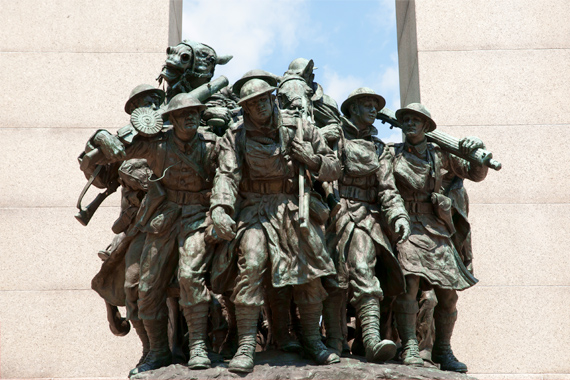
National War Memorial
Now that you know more about Canada’s history in world conflicts, and the service and sacrifice of the Canadian Armed Forces, prepare a short reflection in a method of your choice stating why do you think it is important to honour Remembrance Day.
Self-reflection
Think about what you have learned in this activity. Which of the next four sentences best matches how you are feeling about your learning?
Discover more
Using the following links, choose a member of the Canadian Armed Forces to conduct research on, including the battle that they may have been involved in. Think about their sacrifice and the sacrifices of those they left behind. You may choose to make an infographic to show your work and could use a gallery walk to view and display each other’s work.
Book of Remembrance Search
https://www.veterans.gc.ca/en/remembrance/memorials/books/search (Opens in a new tab)
Personnel Files - World War I
https://recherche-collection-search.bac-lac.gc.ca/eng/help/pffww (Opens in a new tab)
Personnel Files for War Dead - World War II
https://recherche-collection-search.bac-lac.gc.ca/eng/help/kia (Opens in a new tab)
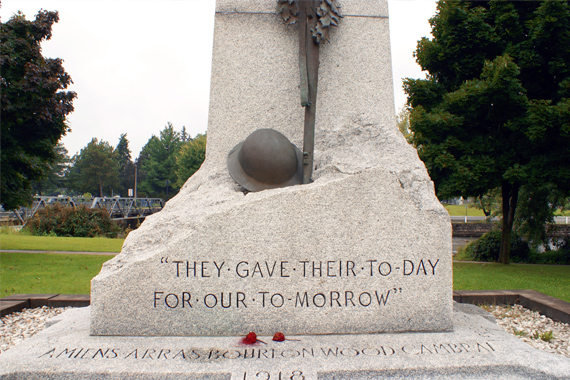
Smiths Falls War Memorial

